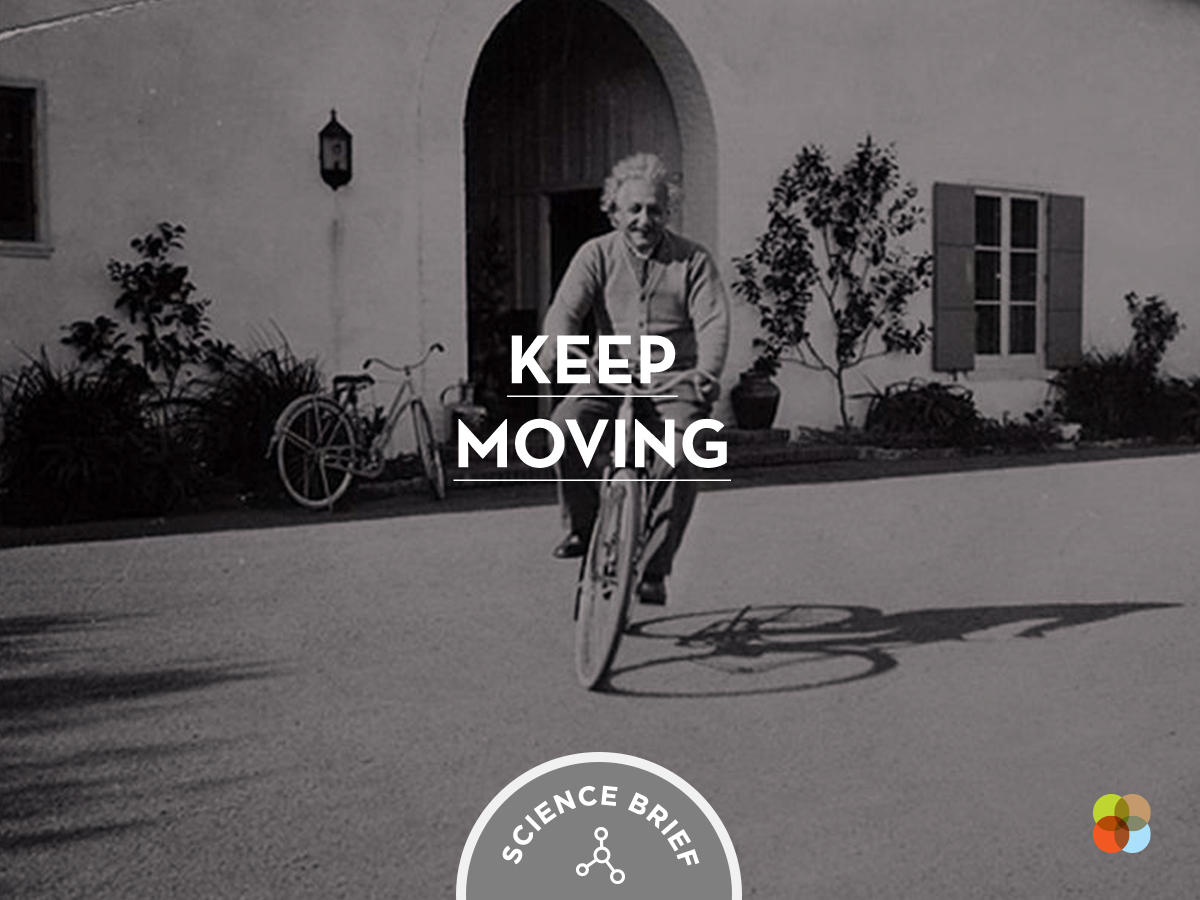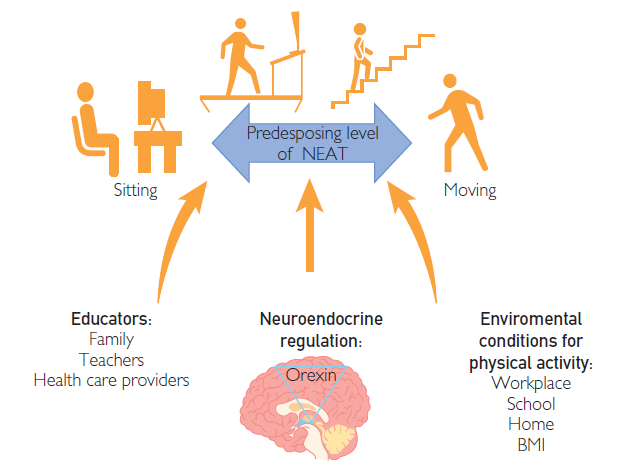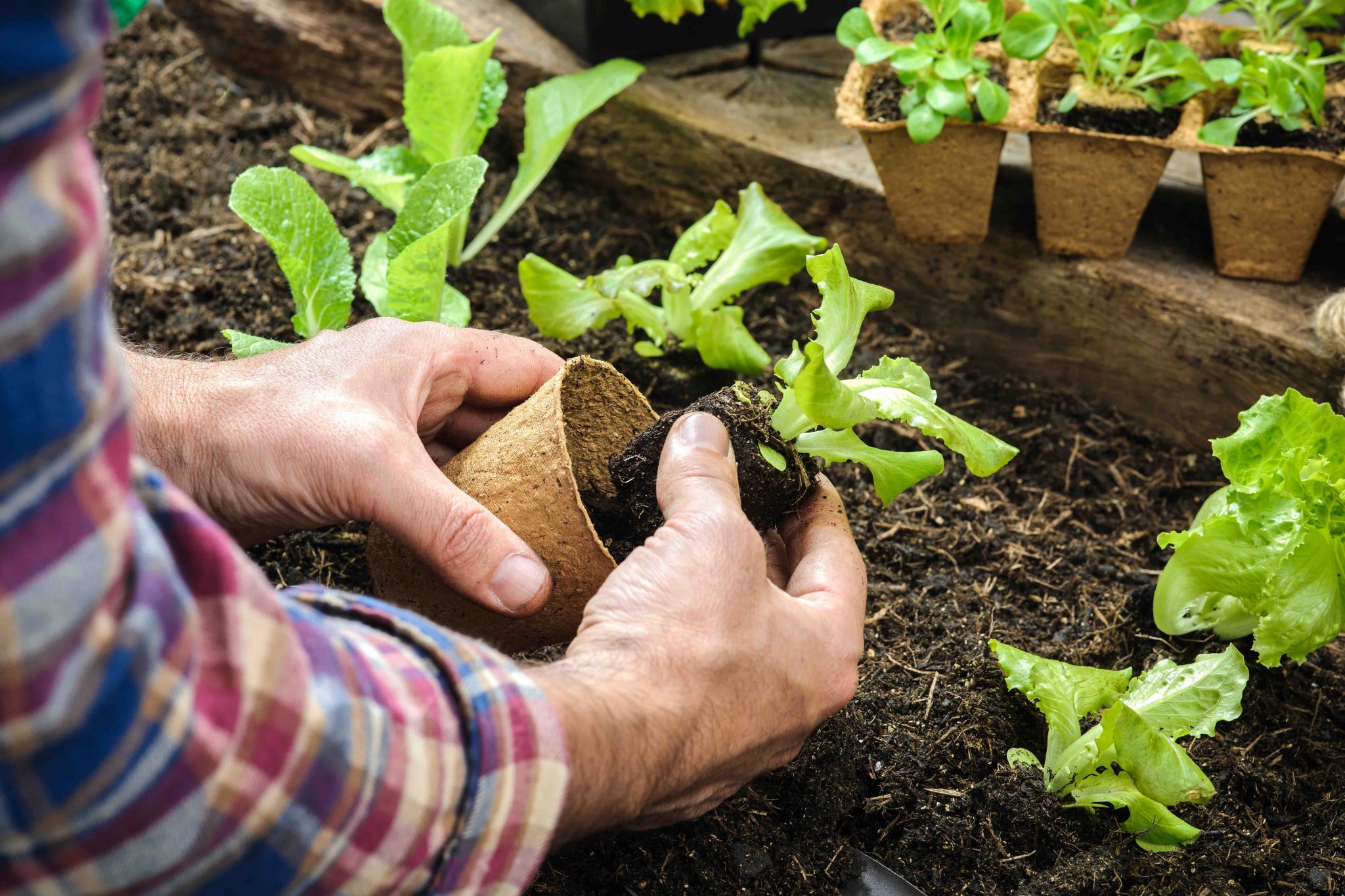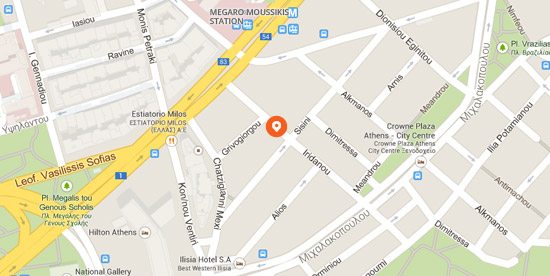Keep moving
“Life is like riding a bicycle. To keep your balance, you must keep moving. ”A.Einstein
How movement and not only exercise helps you lose weight.
Obesity is both a personal and a social problem. Although nutrition is the primary, of the two weapons against it, today we will turn to the other one, which is exercise. We’ll see that physical activity extends beyond exercise and leisure activities. In addition we’ll demonstrate how this may influence significantly weight loss and health.
Inactivity and metabolism
The human body needs energy to function. Without we’d be unable to fend for ourselves and carry out our daily tasks. So where do we find this energy? From food. I’m eating means I provide my body with energy.
Using our body’s equilibrium of energy we may give an indicative, albeit fairly simple and intelligible, picture of weight fluctuations. On the one hand energy is supplied through food, and measured in calories, on the other we consume it. Total energy expenditure (TEE) has three components:
- Basic metabolic rate (BMR). It’s defined as the least amount of energy needed so that our body can function in repose. This rate accounts for 60% approximately of TEE.
- Thermic effect of food. Which is defined as the energy spent for receiving, digesting, chewing, absorbing food as well as the transport of nutrients. It is estimated to account for 10% of TEE.
- Physical activity (PA). On average this component accounts for 15% to 30% of TEE. We’ll see below that it doesn’t just include exercise as we usually define it.
If we eat a lot and energy intake exceeds TEE then there is a surplus of energy in the body and hence we gain weight.
If alternatively TEE is the one in excess and there is a deficit we lose weight.
Lastly if TEE is equal to energy intake we stay put.
When someone desires to lose weight they reduce calorie intake and exercise more. Although correct this seems to be partially disputed on account of its long term effects on health.
In sight of this new evidence we expand the definition of (PA). Conventionally, the term is used for medium to high intensity exercise during leisure time. However we burn energy during the rest of the day too, for example at work.
A software engineer and a construction worker may both exercise for 5 hours weekly. Nevertheless the worker spends more energy while working relative to the engineer who sits in a chair. This expenditure isn’t included in his/hers weekly exercise regime.
If we wished to define this type of energy expenditure we’d say that it involves continuous and essential physical activities that DON’T require medium to high intensity exercise. On the contrary low to negligible physical strain is required for a few minutes to a few hours daily. This “secondary” energy expenditure is as Nonexercise Αctivity Τhermogenesis (NEAT). From now on let’s use the acronym NEAT.
Those activities are called essential since they are part of our everyday life, below we list some of those:
- Household cleaning
- Cooking
- Ironing
- Laundry
- Sweeping
- Climbing stairs
- Walking (to work, the dog etc.)
- Gardening (planting, watering etc.)
- Bicycling (ex. to and from work)
We all have a predisposing level of NEAT that ranges from sitting to intense physical activity, and is influenced by biological and environmental factors as well as the “education” we receive from our family, our school and health care providers.
Hence the key for weight loss is to introduce mild exercise to our conventional activities. The graph below describes a typical day and may help you decide where and when to fit such exercise.
While reducing calorie intake and exercise consistently, we also make sure to include PA during non-leisure time to reap the benefits of NEAT. This way we burn considerable quantities of calories in excess of BMR and therefore lose weight.
NEAT for a group of obese and a group of slim individuals, living in similar environments, was recorded in a study. The comparison showed that the first spent more time sitting, whereas had they adopted the NEAT of the other group they’d lose about 350 more calories daily.
The effect on health
The importance of NEAT is revealed through the health problems that are exacerbated by an inactive way of life. Evidence shows that inactivity is linked to increased risk of developing diabetes, mortality and cardiovascular diseases irrespective of whether someone exercises.
A different study demonstrated that for every two hours the participants watched TV the likelihood of obesity increased by 23% and the likelihood of diabetes by 14%. Same as above those likelihoods were not influenced by the fact that some of the participants exercised regularly.
Similar conclusions were founded by researchers of the Medical School of Tokyo. Even participants who exercised according to the recommended levels of PA, given their height, weight, age etc. were less likely to be overweight or obese the less they watched TV.
Physical inactivity (PI) is linked to other conditions too like breast cancer, colon cancer and premature mortality on a global scale.
On the contrary NEAT, relative to non-regular exercise, may reduce the risk of atherosclerosis and improve sensitivity to insulin, LDL and blood pressure.
It is equally, if not more, important for those who suffer from a heart condition and are unable to exercise intensely.
The most important part of this section is that exercise cannot offset the negative effects of an otherwise deeply sedentary way of life.
Are there foods that increase metabolism?
You may have seen, in websites and leaflets about nutrition, listed foods that are supposed to increase metabolism. Some of those are energy drinks, black coffee, green tea etc. There isn’t solid evidence to support that and their effect is marginal. Metabolic rate is more or less given. You could however regulate the amount of calories you burn via exercise.
Conclusion
NEAT doesn’t invalidate diet or exercise, but combined with those two it may benefit us in losing weight and battling obesity.
By adding very mild activities such as ironing, sweeping, car washing, gardening, stretching etc. you can burn more calories and consequently maintain or lose weight.
Reference
Villablanca PA, Alegria JR, Mookadam F et al (2015) Nonexercise activity thermogenesis in Obesity Management, Mayo Clin Proc, 90(4):509-519.











